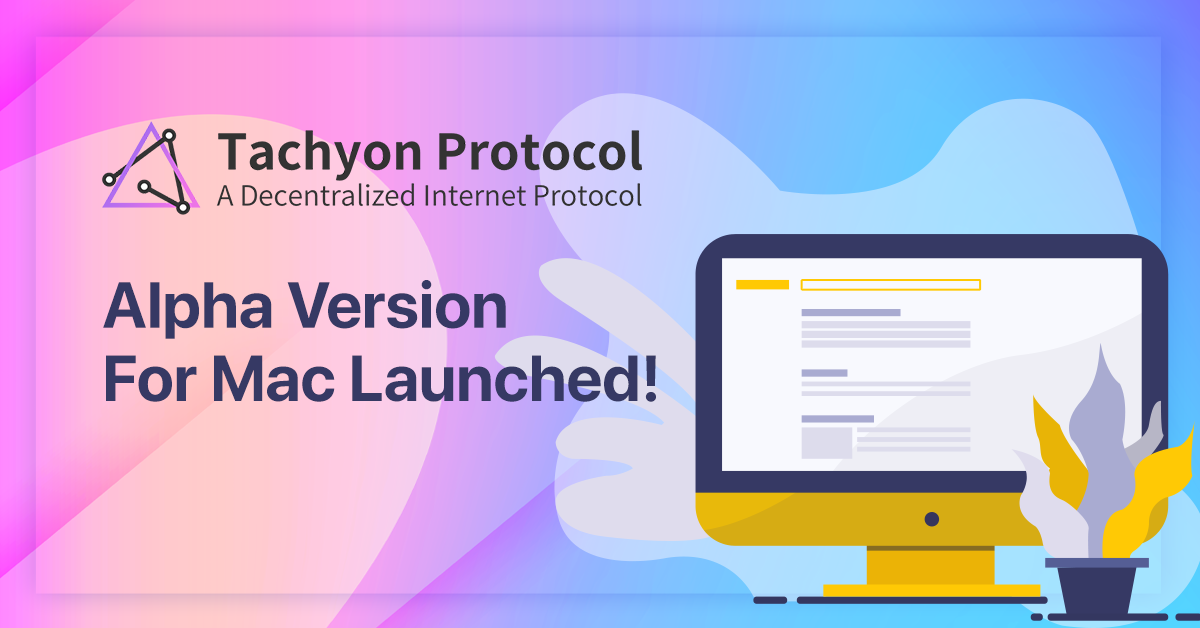Introduction
Public blockchains are mechanisms through which networks can maintain decentralized consensus over a shared state. Typically, this state holds, among other data, a payment system. The stake held by participants in the resulting economy works as their incentive for making the state widely available to others and for rejecting invalid transactions. In this virtuous cycle, the payment system is built on top of the decentralized consensus, which only functions due to incentives created by the payment system itself. Both the payment system and the consensus can then be used for other purposes.
As new applications for blockchain technology are envisioned, the demands on the underlying infrastructure are constantly increasing. At the moment, the two major obstacles to widespread adoption of blockchain technology are its poor scalability and lack of a solid development environment. The main contribution of Cartesi to the blockchain ecosystem is overcoming both these issues. Scalability Currently deployed consensus mechanisms are based on full redundancy [Nakamoto 2009; Wood 2018]. They require every transaction to be stored permanently and to be validated by every participant.
This inefficiency is the key limiting factor to the growth of the transaction rate, the amount of data involved, and the intensity of computations within transactions. High transaction costs and increased latency have become a barrier to many innovative applications that would otherwise benefit from the flexibility that smart contracts bring to the blockchain.
Attempts to improve blockchain scalability can be divided into
layer 1 and layer 2 solutions. Layer 1 scalability solutions change
the underlying blockchain infrastructure itself. Examples include
the optimization of block sizes, sharding, and Delegated Proof of
Stake (DPoS). Because they operate at the infrastructure level, these
solutions are burdened by the requirement of preserving global consensus. Certain aspects of the state, such as the payment system, are
of critical importance to all parties and therefore require global consensus. Otherwise, for most interactions mediated by the blockchain,
it is perfectly safe to limit access and verification responsibility to
the few parties that can potentially be affected. The blockchain can
then be used to provide finality and to guarantee local consensus in
the rare occasions where a dispute arises between these parties. In
other words, global consensus is a precious resource that should be
used with parsimony. In recognition of this fact, layer-2 scalability
solutions such as plasma, side chains, TrueBit, or state channels
move as much data and computation as possible off-chain. Layer-1
and 2 scalability solutions are discussed at some depth in section 2.
Real world calculations meet the blockchain.
Intensive calculation requires a realistic platform.
Cartesi allows external computing to run on the RISC-V Processor under a deterministic Linux operating system. Developers can use all the tools, libraries and services they already know.
Easy to carry some blockchains.
Smart contracts can run on various blockchain formulating external calculations in exactly the same way in Cartesi Node. It isolates complex calculations from specific blockchains details, makes them portable and provides security, immutability, and payment systems.
Consensus guaranteed.
External calculations can be verified externally by all
parties involved. Disputes are resolved automatically by Cartesi. This requires calculations that can be ignored in the blockchain, regardless of the size of the external calculation.
The road to Cartesi
Reproducibility
Our MVP is the latest determinant VM. This allows smart contracts to determine complex computing that is run unchecked on a Linux OS in a way that can be reproduced.
Verification
Cartesi's complete core allows these complex calculations to be decided for the truth on the blockchain, at a cost that can be ignored, in a safe and decentralized way.
Infrastructure
Cartesi will publish and manage open source SDKs for world use. Create your own decentralized application without knowledge of the blockchain language and spread it to the developing Cartesi Nodes network.
Cartesi will promote broader adoption of public blockchains, facilitating the development of DApps (even for non-blockchain developers) and addressing the problem of computation scalability.
A big risk that the crypto ecosystem faces is the isolation from the traditional industries. While crypto is developed and used mainly by people who are already within the crypto environment, the adoption will be limited. I think Cartesi can help greatly with that, by making the development and usability of DApps much more similar to what people are already used to.
Website: https://cartesi.io
Whitepaper: https://bit.ly/cartesi-wp
Github: https://github.com/cartesi
Telegram Community: https://bit.ly/cartesi-telegram
Telegram Announcements: https://bit.ly/cartesi-annaouncements
Facebook: https://bit.ly/cartesi-fb
LinkedIn: https://bit.ly/cartesi-linkedin
Medium: https://bit.ly/cartesi-articles
Reddit: https://bit.ly/cartesi-reddit
Twitter: https://bit.ly/cartesi-twitter
Youtube: https://www.youtube.com/channel/UCJ2As__5GSeP6yPBGPbzSOw
Author (Ar rahman)
Bitcointalk Profile : https://bitcointalk.org/index.php?action=profile;u=1977525
Guaranteed consensus.
External computations can be verified externally by all
involved parties. Disputes are settled automatically by Cartesi.
This requires negligible computation inside the blockchain,
regardless of the size of the external computation.
bitcoin blockchain cryptocurrency
- 11:04 AM
Cartesi will promote broader adoption of public blockchains
Introduction Public blockchains are mechanisms through which networks can maintain decentralized consensus over a shared state. Ty...



